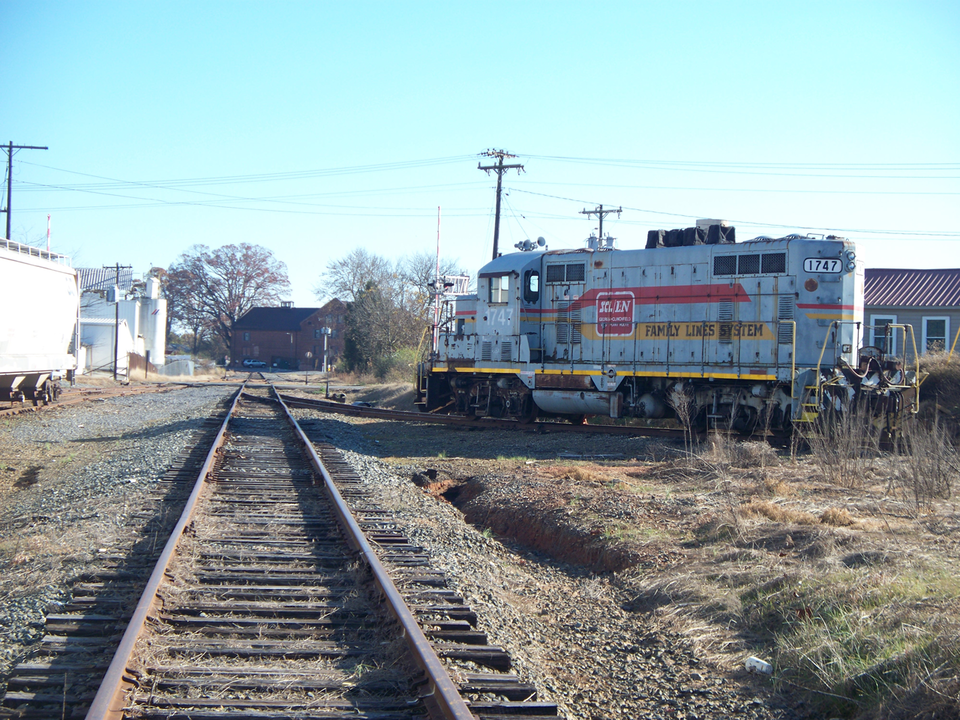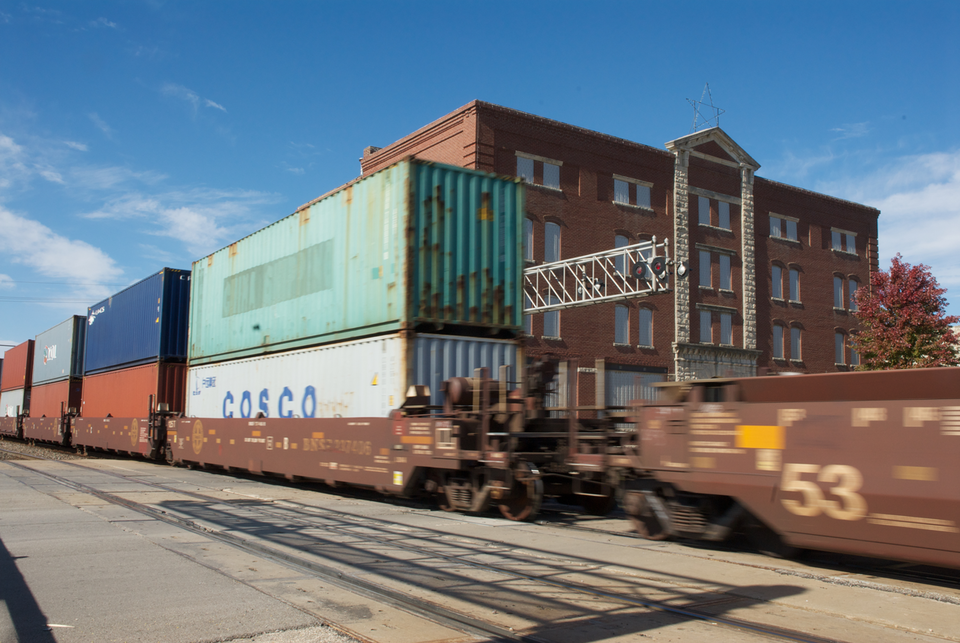The SBE Council claims the railroad industry only returned to health and profitability after the Staggers Rail Act of 1980
Public vs private: the nationalisation debate in the US
Public versus private ownership of the railways is a familiar trope in the UK, where services are run by private firms on rails owned by a single, publicly owned body, Network Rail. Elsewhere in Europe, such public rails are increasingly being opened to private operators under EU Directive 91/440/EC.
While the US has never truly nationalised its railways, the SBE Council points to the establishment of the Interstate Commerce Commission in 1887 as the start of a steady decline for the freight sector.
The ICC set prices, approved new routes and the removal of old ones, and decided who could merge with who. For most of the 20th century, the Congressional Budget Office noted, “federal regulation kept the railroad industry in the US in a disequilibrium that was characterised by excess capacity.
Keating also cites a 2017 report from the American Association of Railroads, which says: “By the 1970s, eight decades of over-regulation had brought America’s freight railroads to the brink of ruin.

Image: NS3270 | shutterstock.com
“More than 20% of rail mileage was owned by bankrupt railroads; safety was deteriorating; and tracks, locomotives, and freight cars were falling apart and railroads couldn’t afford to repair them.”
The SBE Council claims the railroad industry only returned to health and profitability after President Jimmy Carter signed into law the Staggers Rail Act of 1980. The act partially deregulated railroads by setting rail rates and prices for services, making decisions regarding routes usage, and establishing shipper contracts that allowed freight railroads to make decisions based on market conditions.
The changes led to improvements in efficiency and productivity, capital investment, maintenance and safety, market share, profitability, and reduced costs and enhanced service for customers.
“Since deregulation in 1980, rail track miles have decreased by approximately 41%, and traffic density (measured by millions of ton-miles per mile of track) has increased from 3.4 to 9.9,” states an October 2018 report released by the Regional Economic Studies Institute at Towson University.
“… Rail productivity has increased 172% since the regulation change. By 2017, rail rates charged to customers had decreased by 46%, according to average inflation-adjusted rail rates as measured by revenue per ton-mile; this decrease indicates vast savings for rail customers as the current shipping rate allows for the transport of close to two times the amount of product as it did prior to 1980.
“In recent years, the railroad industry has spent significant amounts on capital improvements and maintenance to continue ensuring a safe, productive, and reliable environment,” the report adds.
Indecent proposals: SBE Council objections to proposed legislation
Keating argues that three regulatory proposals covering both economic and safety or operational regulation threaten to undermine the progress made in the US freight industry in the past 40 years.
The first, put forward by the Surface Transportation Board (STB), the body responsible for regulating the economic dealings of railroads, addresses ‘forced switching’, whereby shippers without access to other transportation modes can request that their freight be moved to a competing rail line.
The proposed rule change – which the SBE Council argues being backed by special interests that want to avoid paying market rates – would make it far easier for the STB to require a railroad to open its privately owned and operated network to another at rates set by the STB, thus weakening the anticompetitive behaviour standards and making it easier to impose forced-access regulations.

Image: mark reinstein | shutterstock.com
Second is the issue of ‘revenue adequacy’, a calculation used by the STB and reported annually to Congress, that compares a railroad’s return on investment (ROI) with the industry’s cost of capital (COC) to measure whether the return a railroad earned was sufficient to attract investment capital.
In response, Keating identifies problems such as using book value to determine the industry cost of capital as opposed to the replacement value, arguing that price controls would limit investment.
The debate over legislative efforts to have Congress impose train crew sizes perhaps most vividly illustrates the clash between the free enterprise model – which would leave decisions over crew sizes to collective bargaining and managerial decisions – and those who believe it is the state’s prerogative to intervene when issues of job security and personnel safety are potentially at stake.
The SBE Council argues that the proposed legislation is the result of lobbying by organised labour, and references the Federal Railroad Administration, which says there is no evidence that one-person crews are generally safer or less safe than teams comprising multiple workers, and Conservative think tank the Heritage Foundation, which argues that while railroad jobs may decrease, other workers such as farmers, coal miners and steel workers that use it would benefit from lower costs.
’Forced switching’ means shippers without access to other transportation modes can request that their freight be moved to a competing rail line